Once Upon a Time Sergio Leone, the Return of a Myth
Sergio Leone was one of the first postmodern directors who, from Martin Scorsese to Steven Spielberg, from Francis Ford Coppola to Quentin Tarantino all the way to John Woo, took over the world’s screens.
He followed in the footsteps of his father, a renowned silent film director (Vincenzo Leone, who went by Roberto Roberti), practicing with American directors passing through Rome (Wise, Le Roy, Wyler) throughout the 1950s.
But it’s only after his collaboration with Robert Aldrich on the 1962 film Sodoma and Gomorra, that Leone understood that it was time for him to debut his own personal poetic and style. Spectacle, myth, and fairytale, these are the dimensions explored throughout the exhibition curated by the director of the Cineteca di Bologna, Gian Luca Farinelli, in collaboration with Rosaria Gioia and Antonio Bigini.
Five “labyrinthic” sections (Citizen of Cinema, Sources of Imagination, Leone Lab, Once Upon a Time in America, After Leningrad) dedicated to the telling of a postmodern approach to cinema, which unites high and low, eductated and popular culture, both mature and childish sensibilities.
Leone’s is resistance cinema. It brings to the realization that there is no truth or reason. The same realization that emerges in the so-called Dollars Trilogy starring Clint Eastwood, whom he introduced to the general public. Up to his 1984 masterpiece, Once Upon a Time in America, with which Leone reinvented the Western, an inherently political genre, widening its reach in contemporary society.
Spaghetti Westerns became for Leone the context in which to experiment and inovate linguistically and aesthetically in order to tell history through myth (the Wild West, the Revolution, America) using the memory of cinema and the freedom of fairytales. All of this creates a complex vision of the world, which by uniting the European and American imaginary, decomposes the American myth and interprets the key aspects of Italian history.
Thanks to the precious archival materials of the Leone family, the exhibition enters the director’s studio, where his ideas were born, amidst his personal trinkets and his library, to then dive into his films through models, screenplays, costumes, props, unforgettable sequences and a constellation of magnificent photographs.
The goal of the exhibition is to celebrate a man who was able, like none before him, to obtain a perfect balance between film and myth in order to make political cinema.































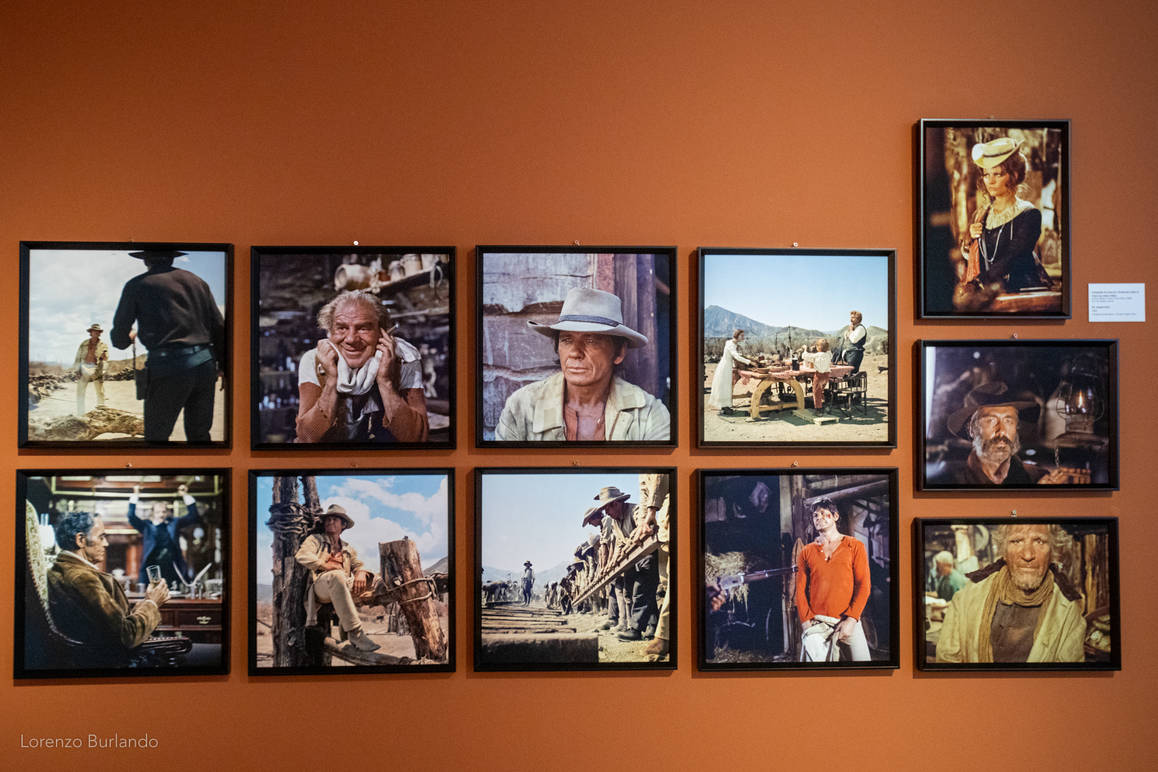
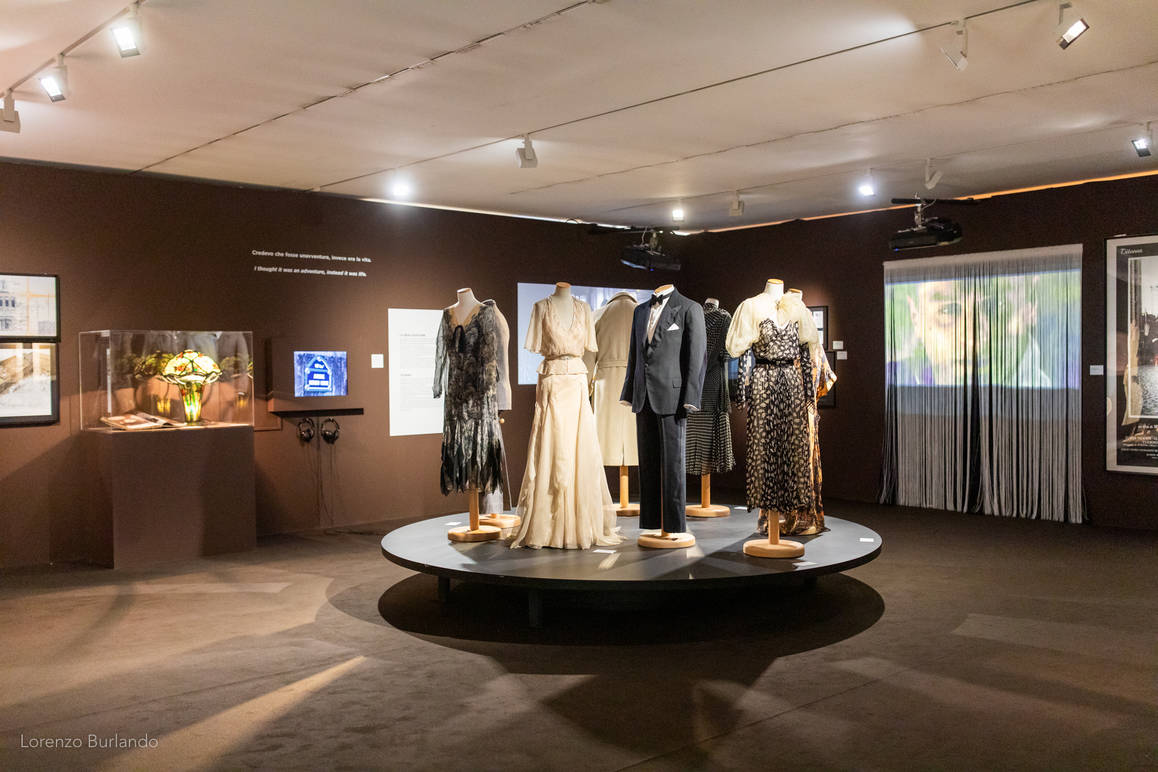
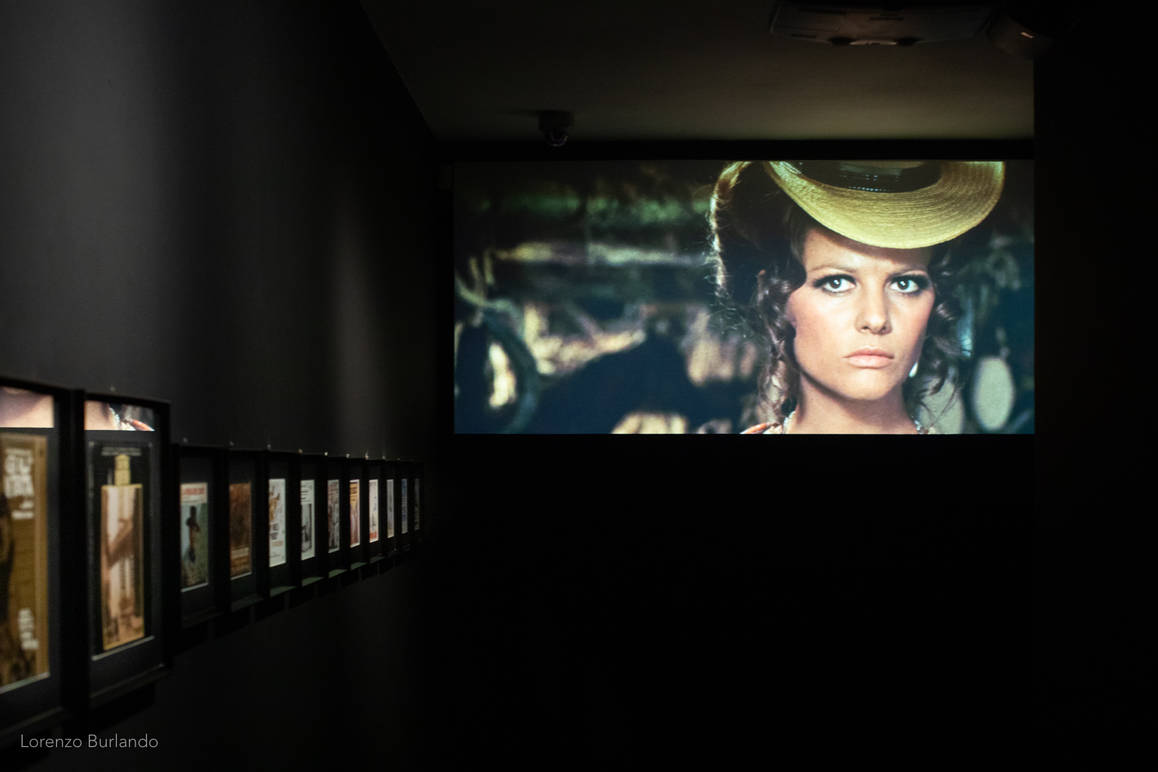
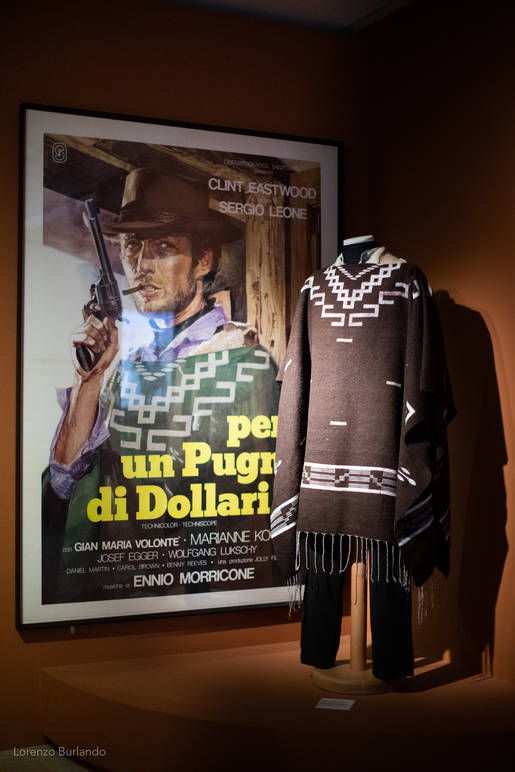
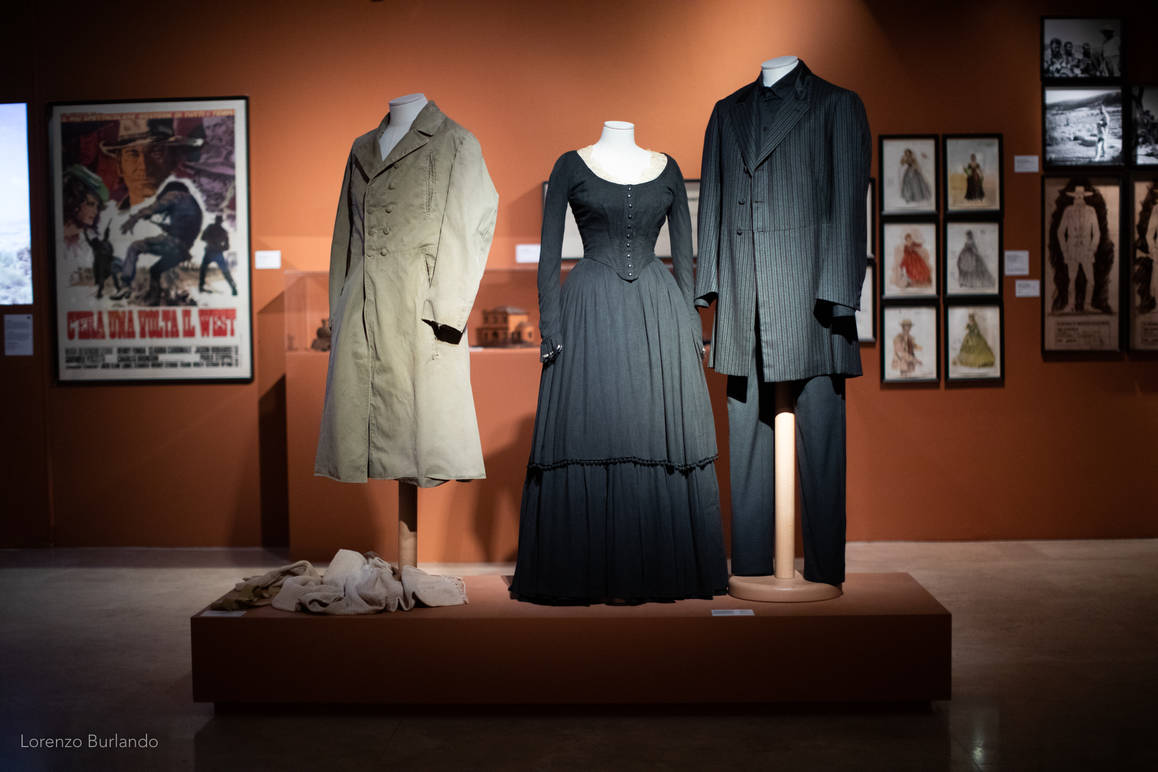





i-Italy
Facebook
Google+
This work may not be reproduced, in whole or in part, without prior written permission.
Questo lavoro non può essere riprodotto, in tutto o in parte, senza permesso scritto.